 |
|
This Parabellum is
7.65mm which was the preferred caliber for accuracy at that time. However,
Georg Luger had either been experimenting or had produced the 9mm
Parabellum and in turn had discovered some changes that had to be made
to the original design. This gun began with all the old characteristics
which are rare to find. The extractor is still the spring steel
and the thumb safety is a Type II was buffed, still checkered but reduced
and barrel shaped on a silvered background. The trigger guard is the wide version and
the trigger is the narrow and beginning in this series it is moved more to
the center to accommodate both left and right handed shooter. |
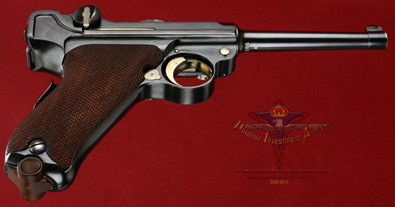 |
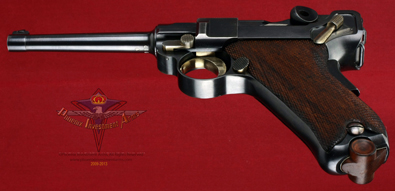 |
|
IN December 1904 when the Dutch military placed anorder
with DWM. for 174Luger pistols - 109 in cal.7.65 mm and 65 in cal. 9mm -
for ongoing trials and evaluations for the possibility of adopting the
Luger as their service pistol. The Swiss were similarly testing,
evaluating and recommending changes to DWM to improve the Luger to what
turned out to be one of the most recognized and longest performing
semi-automatics in the world. |
 |
|
The most intriguing aspect of this order, per Dutch
Archives, is the notation [per "The Dutch Luger"] that: "For about ten 9
mm pistols the main spring construction, the breechblock, the extractor,
etc., will be altered according to the latest agreements. These ten
pistols will be named "Dutch Model." On the left side of the frame an
arrow and the word "RUST" [safe] must be placed according to the
facingindication, namely near the safety catch. Toggle-lock and toggle
Lock-catch .will
not be installed. This reveals that in 1903/1904 the Dutch were being
shown experimental guns with 9mm, marked thumb safeties, with a main
spring construction and new extractor and breach block to accommodate
it. This Luger represents one of the steps in the transition with its
display of old and new characteristics. |
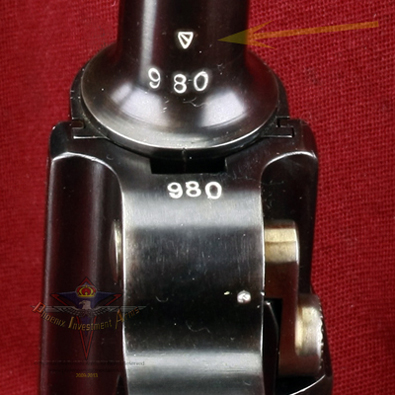 |
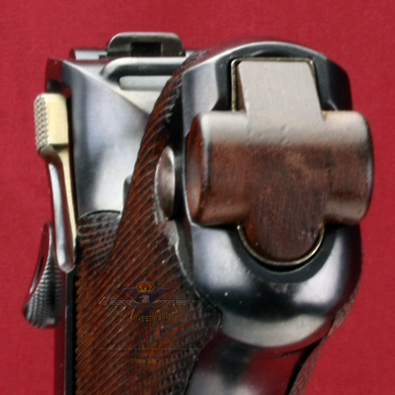 |
|
Old model characteristics include the
low serial number with the early DWM proof above the barrel serial
number. This was a transitional before the 10,000 series was reach
and the prototypes were machined and sent as "B" suffixed for testing.
The blank bottom magazine, log frame (below) with the dished checkered
toggles, a serial number on the opposite side of the magazine release
and the smaller grip safety. The front sight is first production also
found on the early Swiss trial guns. |
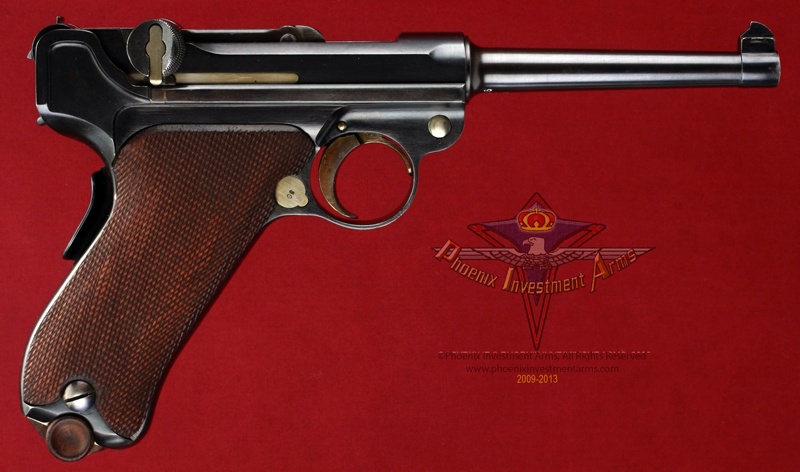 |
|
The above Dutch Archive notation was discovered and
presented in "The Dutch Luger," © Bas J. Martens and Guus de Vries by
Ironside International Publishers, Inc., 1994, Alexandria VA.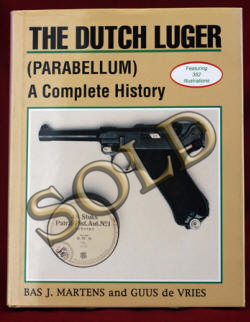 [This Book is available in our "Accessories" section under "Book"]
[This Book is available in our "Accessories" section under "Book"]
The authors go on to state that: "In the archives of
the War Ministry no evidence has been found that the Luger pistols
tested previously had been altered. That the new coil spring was
designed by the Dutch is, in our opinion, without any doubt."
Here the conclusions are based on two logical
premises. First, the specific description
of the Lugers to be altered with the reference to the pistols so altered
to be named "Dutch Model" and second, the lack of evidence that Luger
pistols tested previously [by the Dutch Military] had been so altered.
Anyone having the most basic familiarity with Luger pistols can see
that these Dutch archival notations precisely and fully technically
describe ALL the pertinent features of the "New Model" Luger pistols in
at least an engineering concept stage and quite possibly a form of pilot
example of some features actually executed at the point in time December
23, 1904 . |
 |
|
At this point, let's set the Dutch aspects aside and
examine the several specific mechanical modifications by which the "Old
Model" (1900) Luger evolved into the "New Model" (1906 Luger. These
mechanical alterations or changes brought the Luger pistol to its final
perfected state. The pistol in the "New Model" form was as mechanically
perfected and reliable as possible. Aside from minor features -
barrel length, sights, provisions for stock attachment, etc. - the
basic operational mechanical features of the Luger remained identical
from 1905/06 until the end of WWII. |
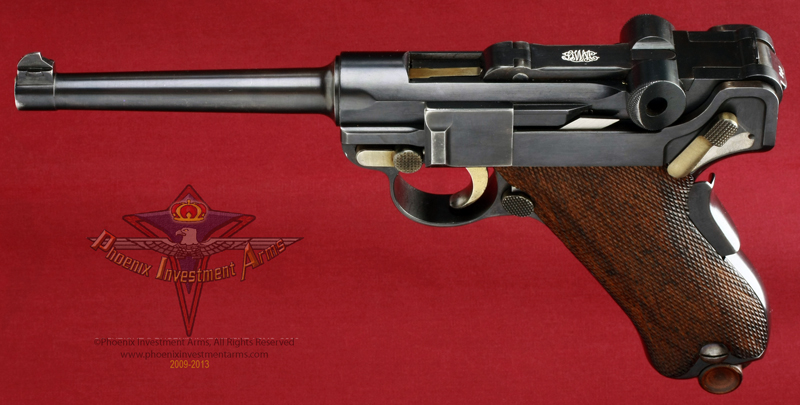
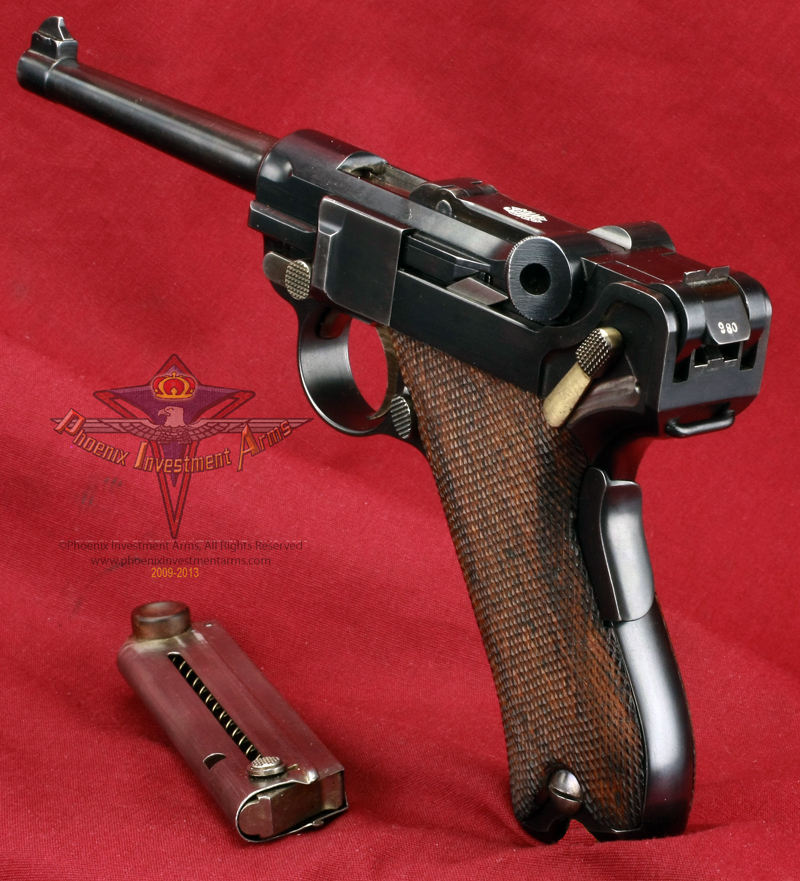









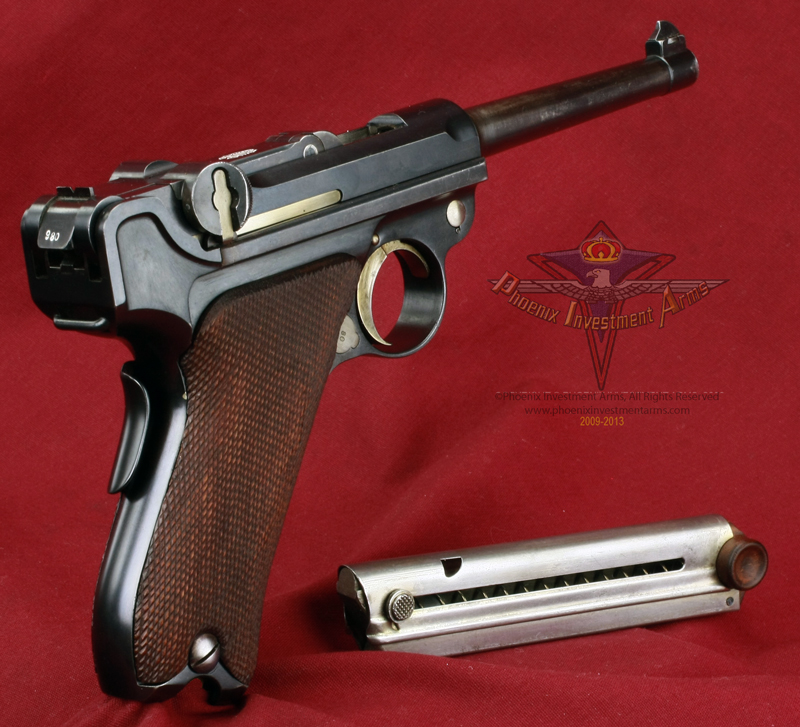
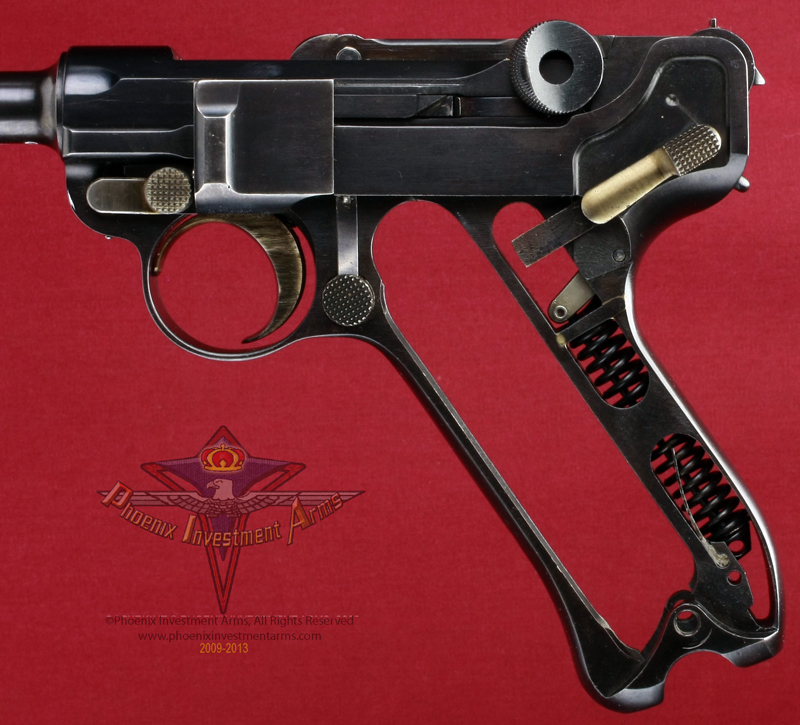

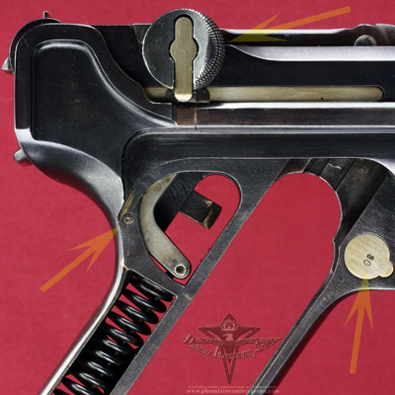

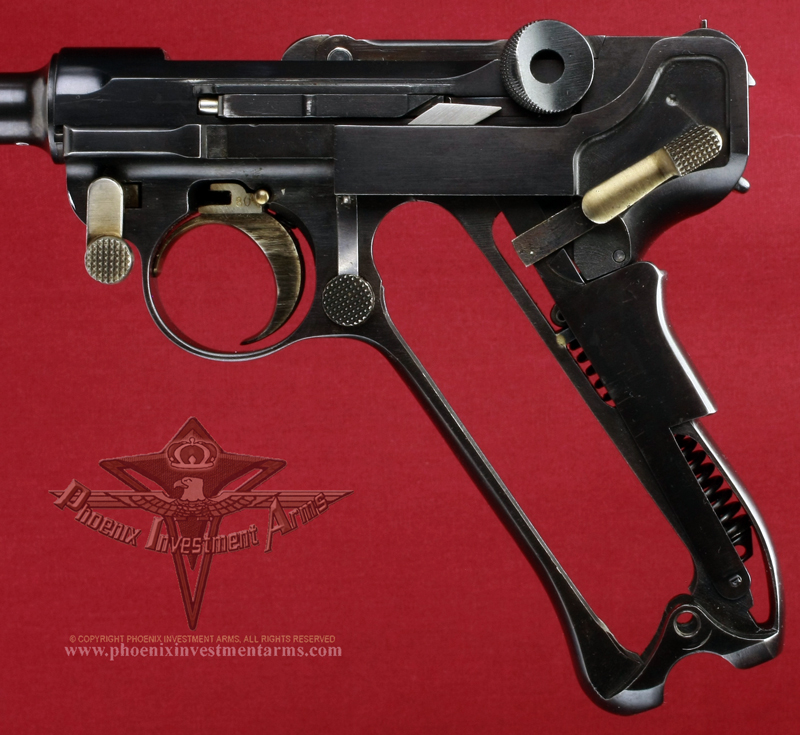

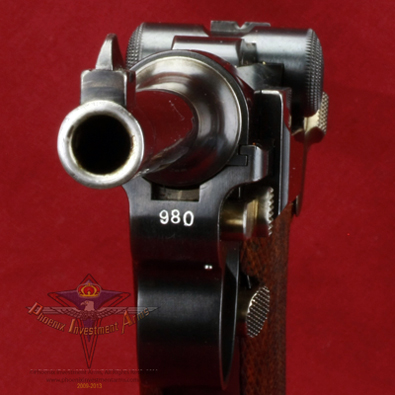
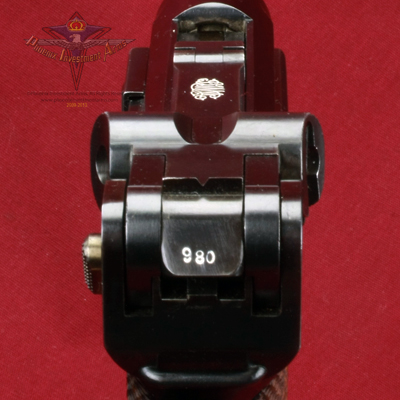
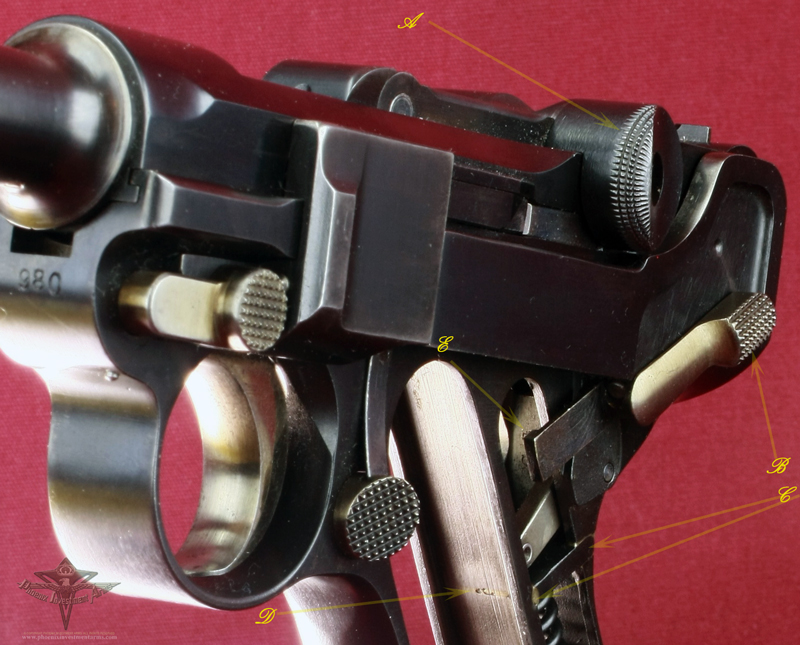
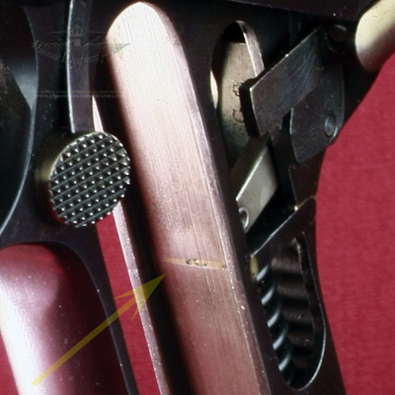
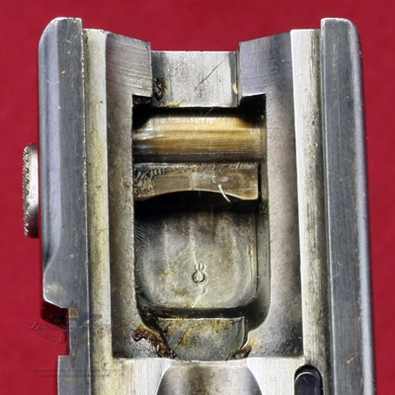
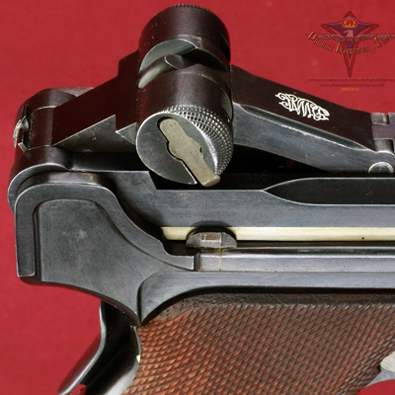
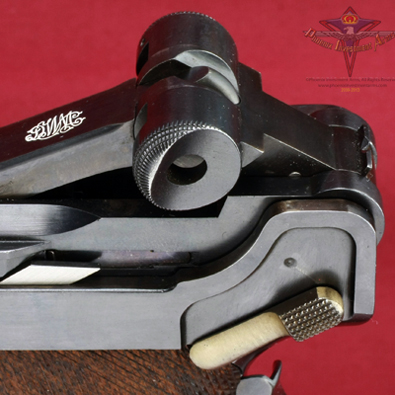
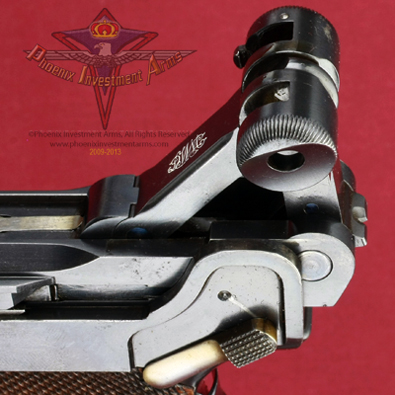
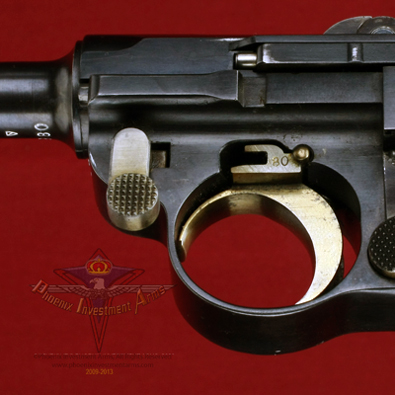

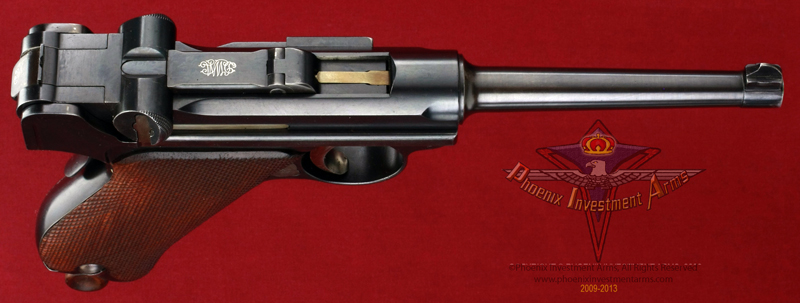

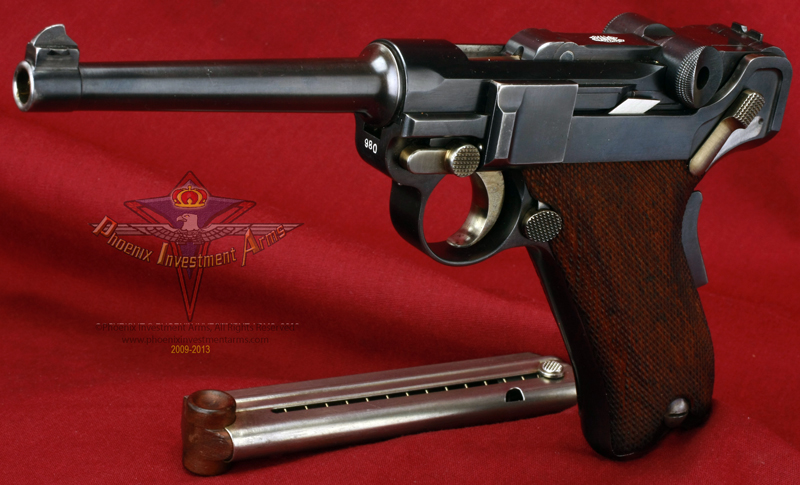
 If you
love Lugers, or just want to look at some rare Lugers from private
collections of the world's most renowned collectors then check this
out.
If you
love Lugers, or just want to look at some rare Lugers from private
collections of the world's most renowned collectors then check this
out.